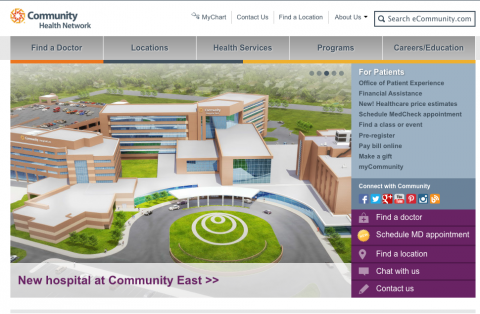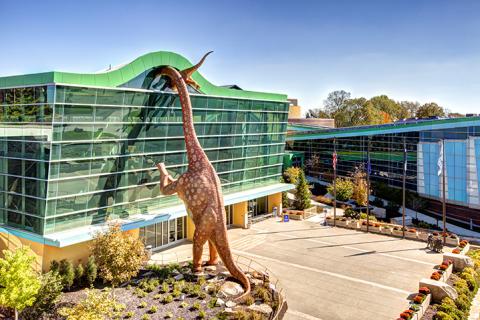Established in 2006 when the not-for-profit MVP Health Plan acquired the not-for-profit HMO Preferred Care, the Greater Rochester Health Foundation focuses on improving the health of the Greater Rochester community. One of its focus areas is “Neighborhood Health Status Improvement,” which supports asset-based, grassroots efforts to improve Greater Rochester area neighborhoods’ physical, social, and economic environments. In addition to financial awards that enable grantees to engage neighborhood residents, complete an asset-based community assessment and implement neighborhood projects, grantees receive support from the Asset-Based Community Development Institute at Northwestern University. Between 2007 and 2013, the Foundation distributed $53 million to hundreds of area organizations.


